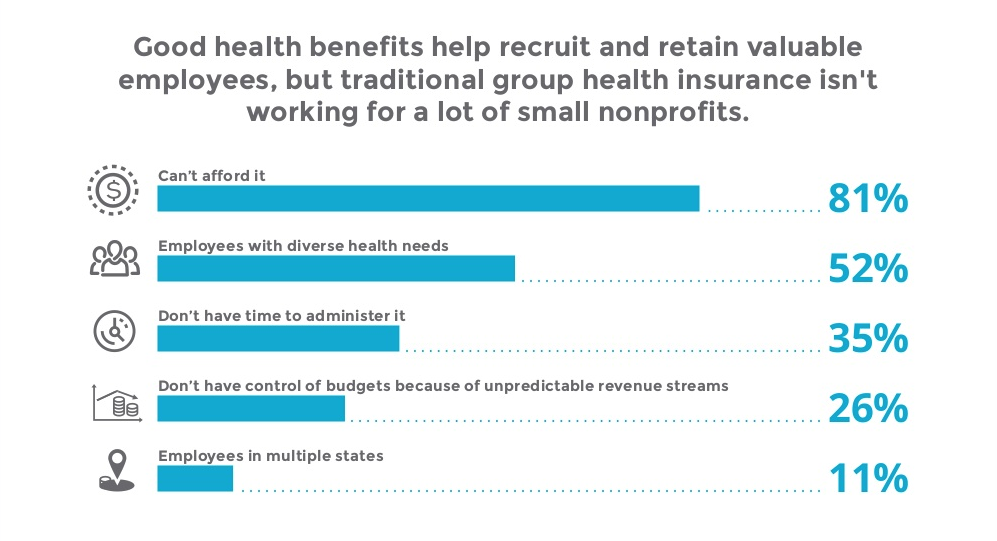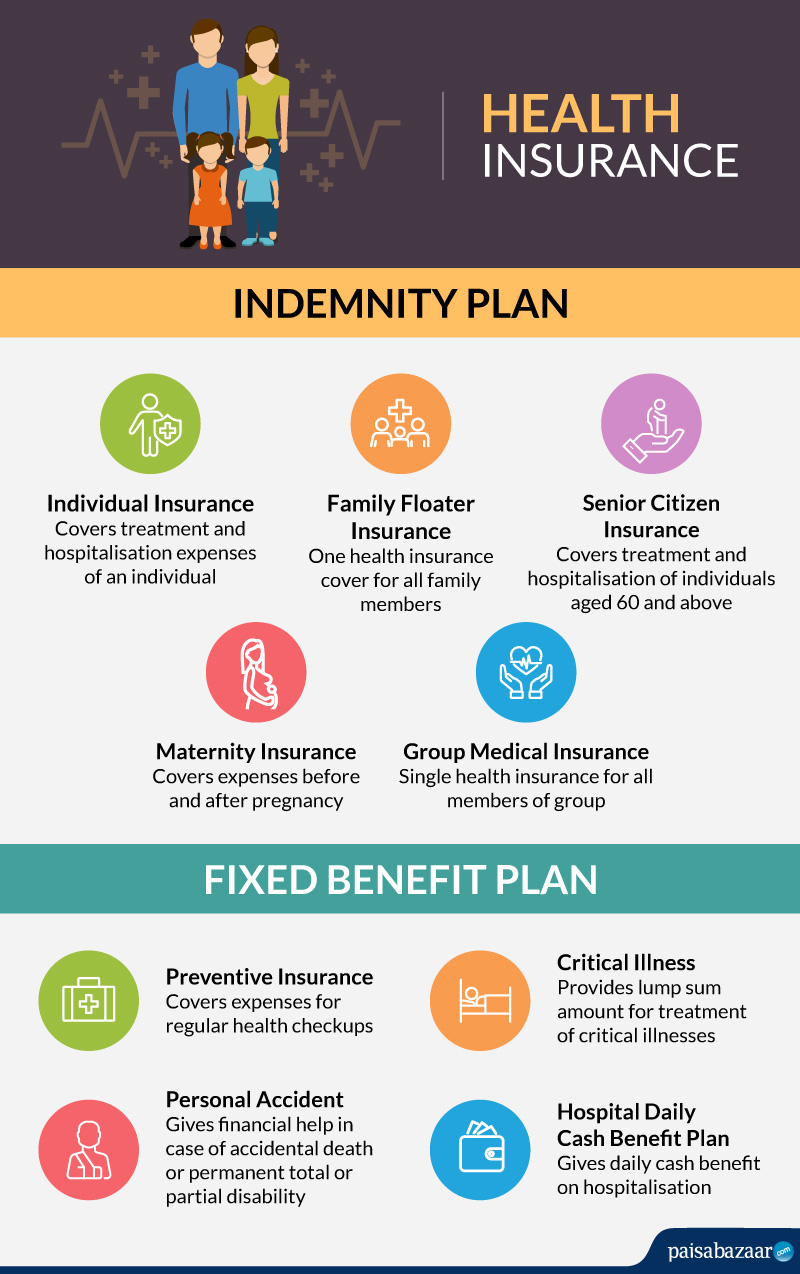Examine This Report on Medicare Advantage Agent
Examine This Report on Medicare Advantage Agent
Blog Article
Getting The Medicare Advantage Agent To Work
Table of ContentsNot known Factual Statements About Medicare Advantage Agent Indicators on Medicare Advantage Agent You Need To KnowThe Ultimate Guide To Medicare Advantage Agent

complies with from puzzling the reasonably young age account of the uninsured with the better wellness, generally, of younger individuals. This covers the link in between wellness condition and health insurance coverage. For those without access to office health and wellness insurance policy, inadequate health is a possible obstacle to purchasing nongroup insurance coverage since such coverage may be highly valued, exclude pre-existing conditions, or be merely not available. The variety of without insurance Americans is not particularly big and has not altered in the last few years. Seven out of 10 respondents in a country wide depictive study believed that less Americans lacked medical insurance than actually do(Fronstin, 1998). Approximately half(47 percent )believed that the variety of individuals without health and wellness insurance reduced or continued to be continuous over the last half of the last decade(Blendon et al., 1999). This drop of almost 2 million in the number of individuals 'without insurance coverage (a decrease
of around 4 percent)is certainly a positive modification. With a softer economic climate in 2000 the latest reported gains in insurance coverage might not continue(Fronstin, 2001 ). The decline in the number of uninsured will not continue if the economic situation stays slow-moving and healthcare costs proceed to outmatch rising cost of living. This is since the data were gathered for a duration of strong economic performance. Of the approximated 42 million people that were without insurance, all yet about 420,000(regarding 1 percent)were under 65 years of age, the age at which most Americans end up being eligible for Medicare; 32 million were grownups in between ages 18 and 65, around 19 percent of all adults in this age; and 10 million were youngsters under 18 years old, concerning 13.9 percent of all children (Mills, 2000). These price quotes of the variety of individuals uninsured are generated from the annual March Supplement to the Existing Populace Survey (CPS), conducted by the Census Bureau. Unless otherwise noted, nationwide price quotes of individuals without health insurance policy and proportions of the population with different sort of insurance coverage are based upon the CPS, one of the most widely made use of resource of price quotes of insurance policy coverage and uninsurance rates. These studies and the quotes they yield are defined briefly in Table B. 1 in Appendix B - Medicare Advantage Agent. These studies vary in size and tasting methods, the concerns that are inquired about insurance coverage
The smart Trick of Medicare Advantage Agent That Nobody is Talking About
coverage, and the moment period over which insurance protection or uninsurance is determined(Lewis et al., 1998, Fronstin, 2000a ). Still, the CPS is especially beneficial since it generates annual quotes fairly swiftly, reporting the previous year's insurance policy protection estimates each September, and since it is the basis for a regular collection of estimates for greater than 20 years, enabling analysis of patterns in insurance coverage gradually.

The Main Principles Of Medicare Advantage Agent
Over a three-year period beginning early in 1993, 72 million individuals, 29 percent of the U.S. populace, lacked insurance coverage for at least one month. Within a single year(1994), 53 million people experienced a minimum of a month without protection(Bennefield, 1998a). Six out of every 10 uninsured grownups are themselves utilized. Functioning does enhance the likelihood that one and one's family participants will have insurance policy, it is not a warranty. Even participants of family members with 2 full-time wage earners have nearly a one-in-ten chance of being uninsured (9.1 percent uninsured price)(Hoffman and Pohl, 2000 ). The connection in between medical insurance and access to care is well developed, as documented later on in this phase. The partnership in between health and wellness insurance coverage and health end results is neither direct nor easy, a substantial scientific and health solutions study literary works links wellness insurance policy protection
to improved access accessibility care, better much betterHigh quality and improved boosted individual population populace health and wellness. As an example, the second record, on individual health end results for uninsured grownups, is represented by the innermost circle of the number, while the third report, on family wellness, encompasses the subjects of the second report but emphasizes a various system of evaluation, namely, the family members. The 6th record in the collection will provide information regarding approaches and efforts undertaken locally, statewide, or across the country to address the lack of insurance policy and its damaging influences. Levels of analysis for checking out the effects of uninsurance. This discussion of medical insurance coverage concentrates mainly on the united state population Visit This Link under age 65 because basically all Americans 65 and older have Medicare or other public coverage.
Furthermore, it focuses particularly on those without any kind of health and wellness insurance for any length of time. The issues dealt with by the underinsured remain in some areas comparable to those encountered by the without insurance, although they are typically much less serious. Uninsurance and underinsurance, nevertheless, entail distinctly different plan problems, and the approaches for resolving them might vary. Throughout this study and the five records to adhere to, the major focus is on individuals without any medical insurance and thus no assistance in spending for health care past what is available via charity and safety and security net institutions. Health and wellness insurance coverage is a powerful factor influencing receipt of care since both clients and medical professionals reply to the out-of-pocket rate of services. Health insurance coverage, however, is neither needed nor enough to access to clinical solutions. The independent and direct result of health
insurance coverage on access accessibility health health and wellness is well established. Others will obtain the healthcare they need even without health and wellness insurance More Help policy, by spending for it expense or seeking it from carriers who use care free or at extremely subsidized rates. For still others, wellness insurance policy alone does not make sure invoice of treatment due to various other nonfinancial barriers, such as an absence of wellness treatment service providers in their area, restricted access to transport, illiteracy, or etymological and cultural differences. Official study about without insurance populations in the USA dates to the late 1920s and early 1930s when the Committee on the Cost of Healthcare created a collection of reports concerning funding doctor workplace visits and hospitalizations. This concern came to be salient as the varieties of clinically indigent climbed throughout the Great Depression. Empirical research studies consistently sustain the web link in between accessibility to care and enhanced health outcomes(Bindman et al., 1995; Starfield, 1995 ). Having a regular resource of care can be thought about a predictor of gain access to, rather than a direct step of it, when health and wellness results are themselves made use of as accessibility indicators. This expansion of the concept of access measurement was made by the IOM Board on Monitoring Accessibility to Personal Healthcare Provider(Millman, 1993, p. Whether moms and dads are insured shows up to affect whether their kids receive treatment as well as just how much careeven if the kids themselves have insurance coverage(Hanson, 1998). The wellness of moms and dads navigate to this website can impact their ability to take care of their children and the level of family stress. Fretting about their youngsters's access to care is itself a source of stress for moms and dads. Three phases comply with in this report. Chapter 2 supplies a summary of how employment-based health and wellness insurance policy, public programs and private insurance plan operate and interact to provide considerable yet incomplete protection of the united state population. This consists of an evaluation of historic trends and public laws influencing both public and private insurance coverage, a discussion of the communications among the different kinds of insurance coverage, and an evaluation of why people relocate from one program to one more or wind up

Report this page